Bench Press Variations: Incline, Decline, Flat Bench & More
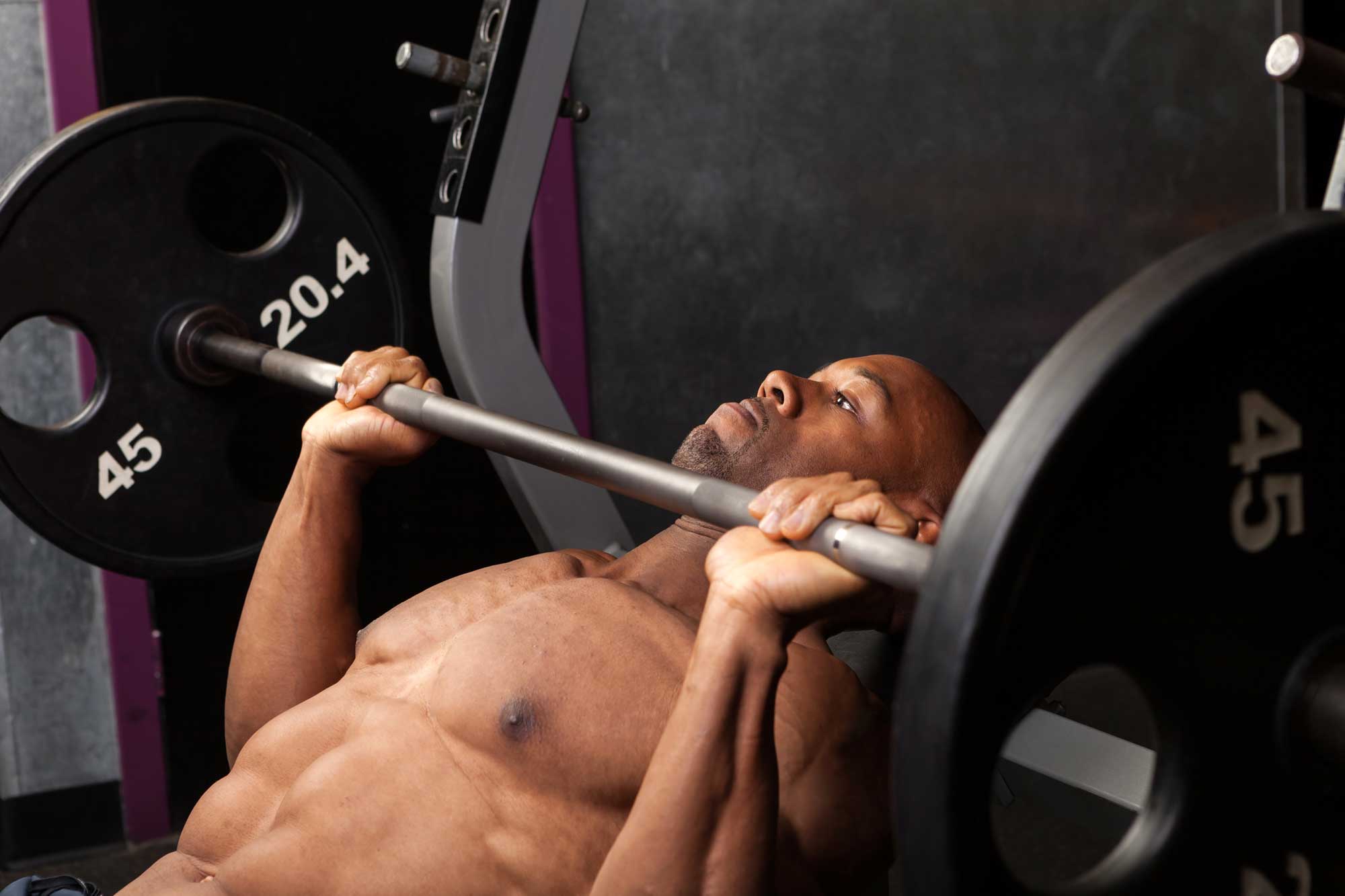

Vary your bench press work for a King Kong sized chest
Consider this your primer on everything bench press so you too can have a chest worth pounding like a silverback gorilla.
First, an anatomy refresher
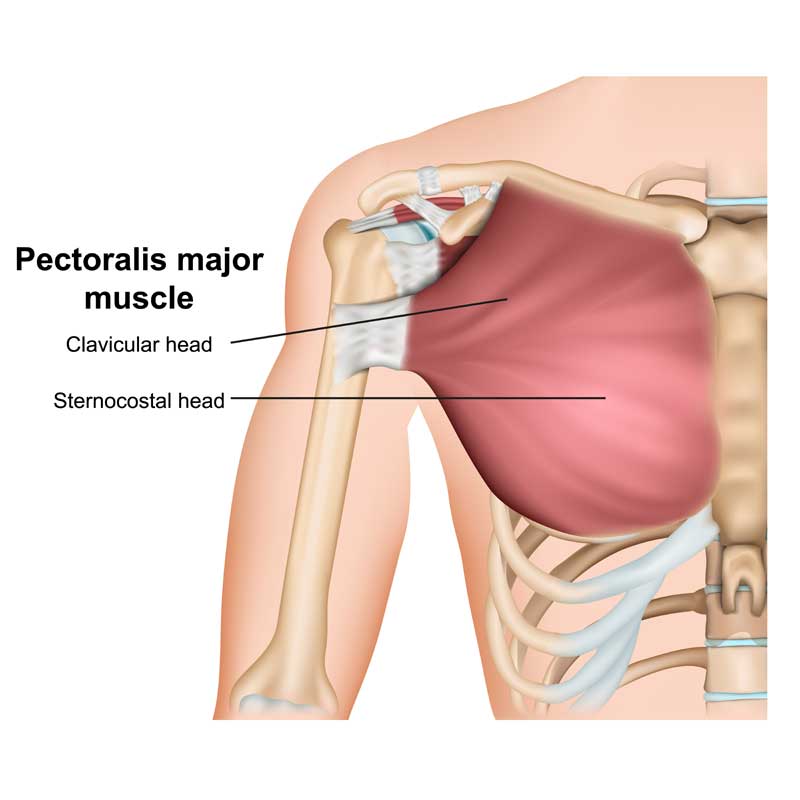
Directly behind the pec major is the supporting pectoralis minor, a thin, triangular muscle that stabilizes the shoulder and connects to the front of the rib cage. It’s smaller and hidden but no less a part of the chest structure.
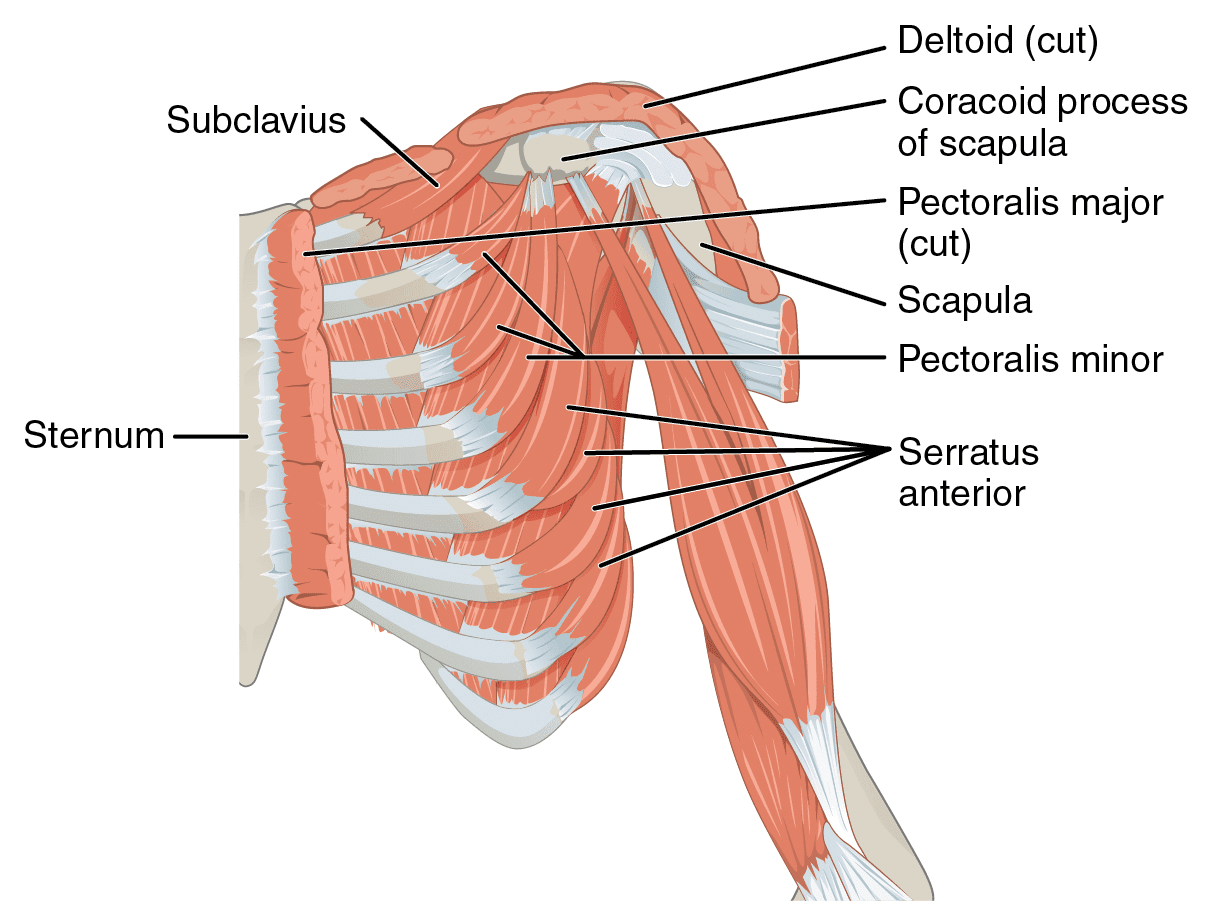
Pecs and delts are the major physique players, but the entire shoulder girdle is involved when doing any kind of bench work, which is how shoulder injuries can happen when benching. The lats and triceps are also recruited to stabilize and control the weight. It’s a good idea to be aware of the partnerships between these muscle groups.
Flat Bench Press
Setup starts by laying flat on a bench with the barbell at a “sweet spot” height in the rack—not too high or too low for the length of your arms. Grip the bar just outside shoulder width and set your back by pulling your shoulder blades down. Your feet should be flat on the floor; upper back and butt should stay glued to the bench, which allows for some arch in the mid-spine.
Take a breath to brace, then unrack the bar and move it out over your shoulders with your arms straight. Lower the barbell with control, keeping your elbows in and aiming for your mid-chest. Don’t let the weight fall into your wrists. Exhale to press the bar up and lock your elbows at the top.
Using a block: You’ve seen powerlifters put a wooden block or board on their chest when working on bench, so what’s the deal with that? The board allows you to isolate specific ranges of motion by cutting out the bottom of the movement. It’s also good for increasing your work capacity and confidence under heavier weights.
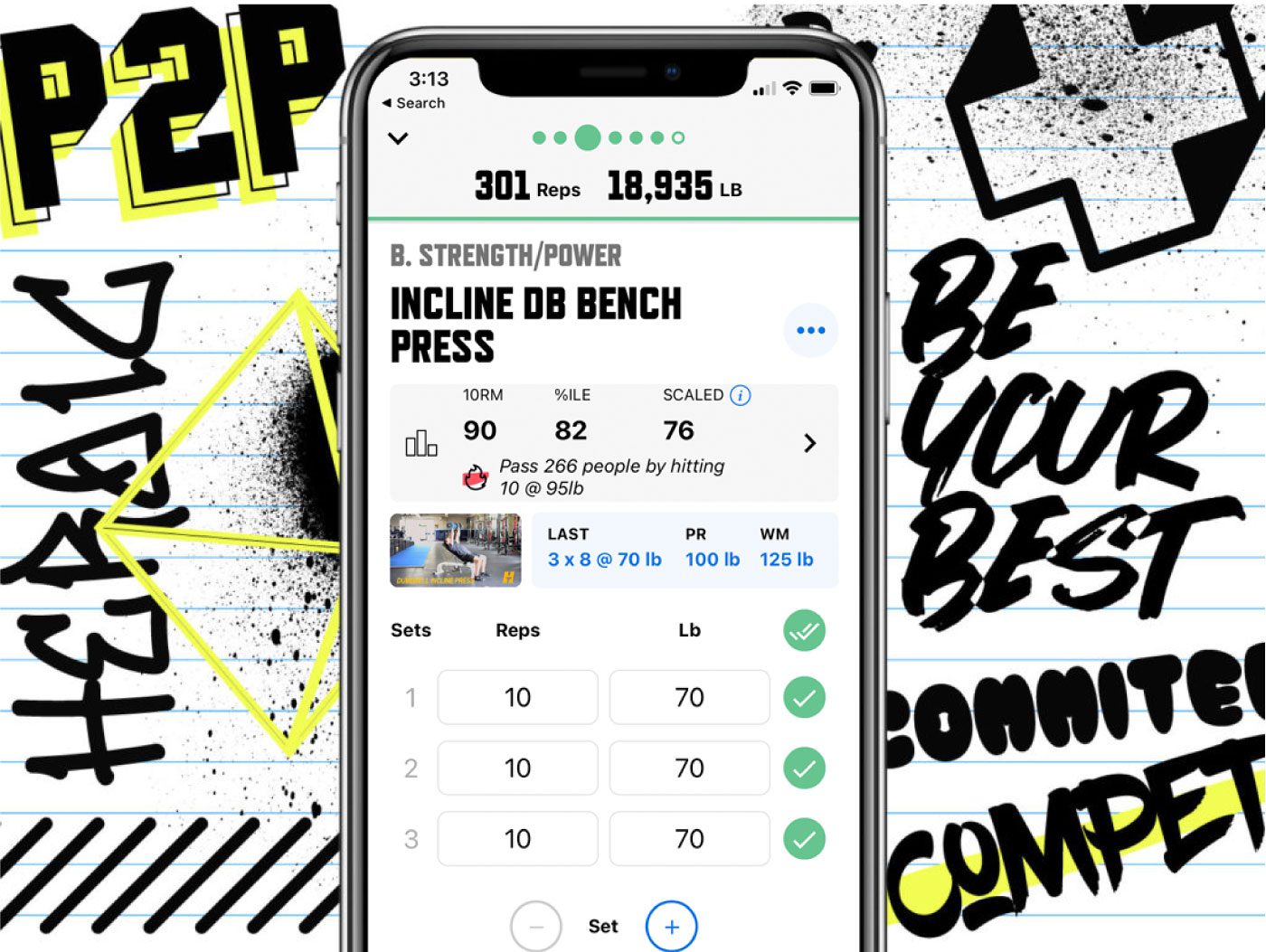

trainheroic’s
free APP
Incline bench press
Setup for incline bench uses a bench elevated at the head to whatever degree angle you want. This can range from 10-70 degrees with a good middle ground of around 30-45 degrees. Just like the flat bench, grip the barbell outside shoulder width, set your back, and keep your feet on the floor. Brace with your breath before pressing the weight out and slightly overhead. Keep your elbows tucked in and aim for the barbell to touch your lower chest.
Decline bench
Decline bench setup uses a bench elevated at the feet. Often it’ll have foot pads to secure your feet so you don’t slide down the bench. Like the flat and incline, find the right height for your barbell in the rack and grip just outside shoulder width. Set your back and make sure your feet are secure in the pads before bracing and executing the lift.
Floor Press
Lie with your back flat on the floor, elbows bent to 90 degrees, and a dumbbell in each hand (or use a barbell from the rack). Your knees can be bent so your feet are braced on the floor to help with stability. Keep your elbows in toward your body and wrists straight as you press the dumbbells up to the ceiling. When lowering them back down, aim for your mid-chest, but be aware that you’ll stop short of touching the dumbbells to your chest. Go for the next rep when your triceps touch the floor.
The TrainHeroic marketplace is the only place to purchase programming from the World’s best coaches, delivered through the immersive training experience of the TrainHeroic app.
Browse from thousands of programs for any goal and every type of athlete.
Or, join a monthly programming membership to connect with a real coach and community of athletes training just like you. Try any programming subscription free for 7 days.
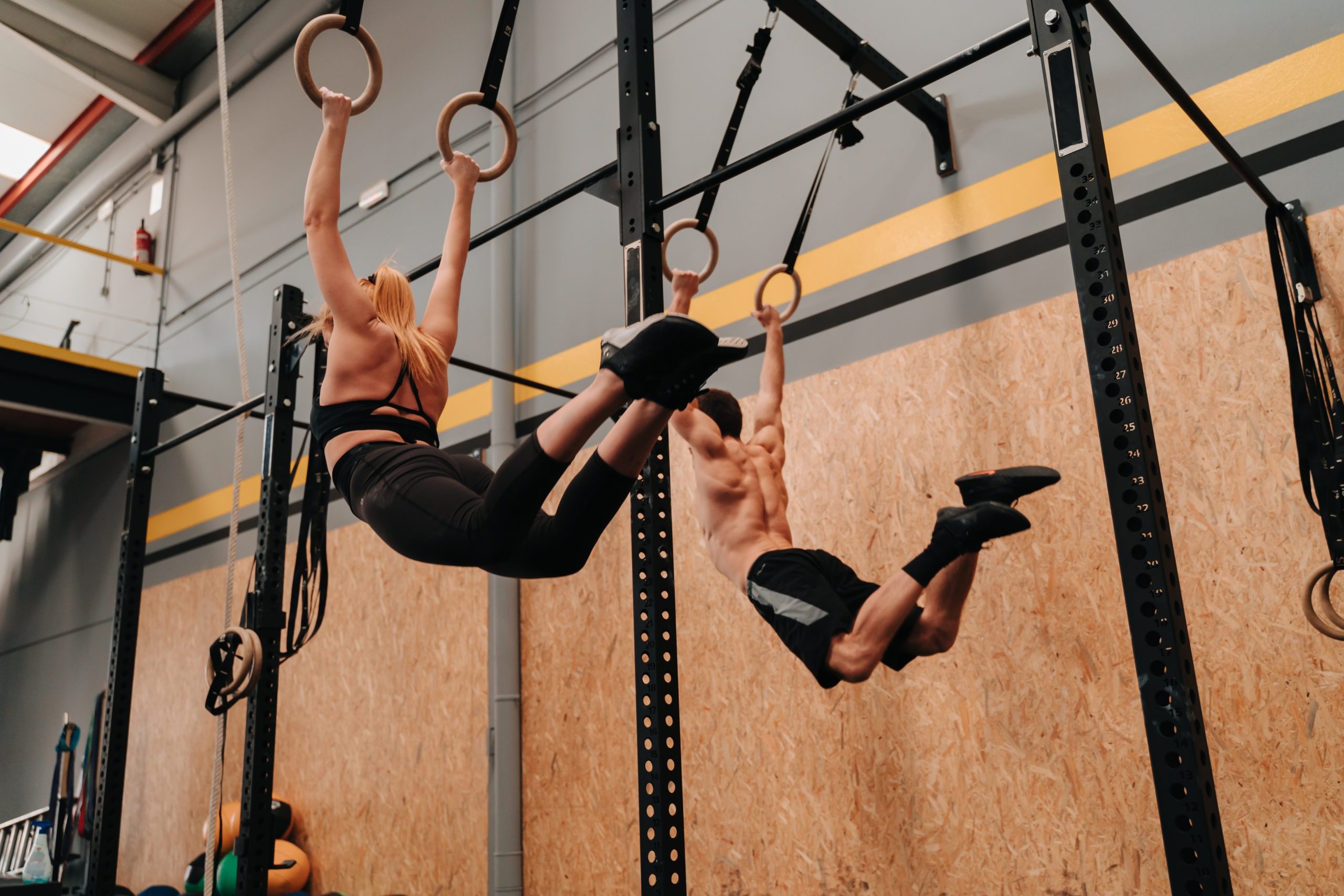
Dumbbells versus Barbells
Since dumbbells can move independently in each hand, they take more effort to control. They also increase the range of motion allowed with each movement which generally means a drop in the overall weight you can use. You can bench way more poundage with a barbell than a pair of dumbbells, but both types of equipment have their place.
Sometimes dumbbells are just easier to grab than setting up a barbell, and you can work on getting a ton of volume by doing drop sets (grabbing a lower weight and going for max reps). Use both!
What’s the best bench press grip? Wide vs. Close vs. Reverse
Conversely, a movement like the dumbbell fly pulls the arms out wide aiming to stretch and grow the pec muscles. Going back to our anatomy, if the chest’s main job is to bring your arms back into your body, exaggerating the angle with a wide grip forces the pecs to work harder under load.
Reverse grip can be a little trickier and less intuitive, but still useful. Externally rotate your hands on a barbell or dumbbells so your knuckles are facing your feet. This grip forces your elbows to tuck in, targeting your upper chest, front delts, and biceps more than a conventional grip.
Bodyweight & accessory movements to help build a monster bench
Push ups (duh)
Find your plank position on the floor with your hands about shoulder-width apart and the balls of your feet on the ground. Keeping your core tight, legs together, and body straight, lower down with control until your chest touches the floor, then press back up. Beginners can start with their knees on the floor.
Coach’s tip: Watch those elbows! Keep them tucked in. Letting your elbows flare out compromises your form and puts pressure on your shoulders. Not to mention, you look silly.
If you feel like you could knock out push-ups all day, have a buddy put a plate on your mid-back to get more out of them. You can also try mastering the push-up variations: clapping, one-arm, close-grip, on your fingers—the possibilities are endless.
Dips
Depending on what you want to target, you can vary your grip width and technique for dips. Find a pair of parallel bars and place one hand on each bar, then hop up between them with your core tight and body straight.
Take a wide grip for more pec work and aim your chest down as you lower into the movement. For more tricep focus, use a narrow grip and keep your chest up. Lower down with control using your triceps to press up.
If you don’t have access to parallel bars, ring dips allow you to tip forward and target your chest more. You can also do bench dips for more shoulder/tricep work. If dips are easy-peasy for you, add weight using a weight belt or by grabbing a dumbbell between your feet.
Cables and machine pressing
Here are some common chest exercises using cables and machines:

Lily frei
Lily is TrainHeroic’s Marketing Content Creator and a CF-L1 with an English background. She was a successful freelance marketer for the functional fitness industry until being scooped up by TrainHeroic. An uncommon combo of bookish, artsy word-nerd and lifelong athlete, Lily is passionately devoted to weightlifting, CrossFit, yoga, dance, and aerial acrobatics. Find her showcasing her artist-athlete hobbies on IG @lilylectric.

Join the community
Sign up for the latest training news and updates from TrainHeroic

About TrainHeroic
Support
Made with love, sweat, protein isolate and hard work in Denver, CO
© 2022 TrainHeroic, Inc. All rights reserved.


